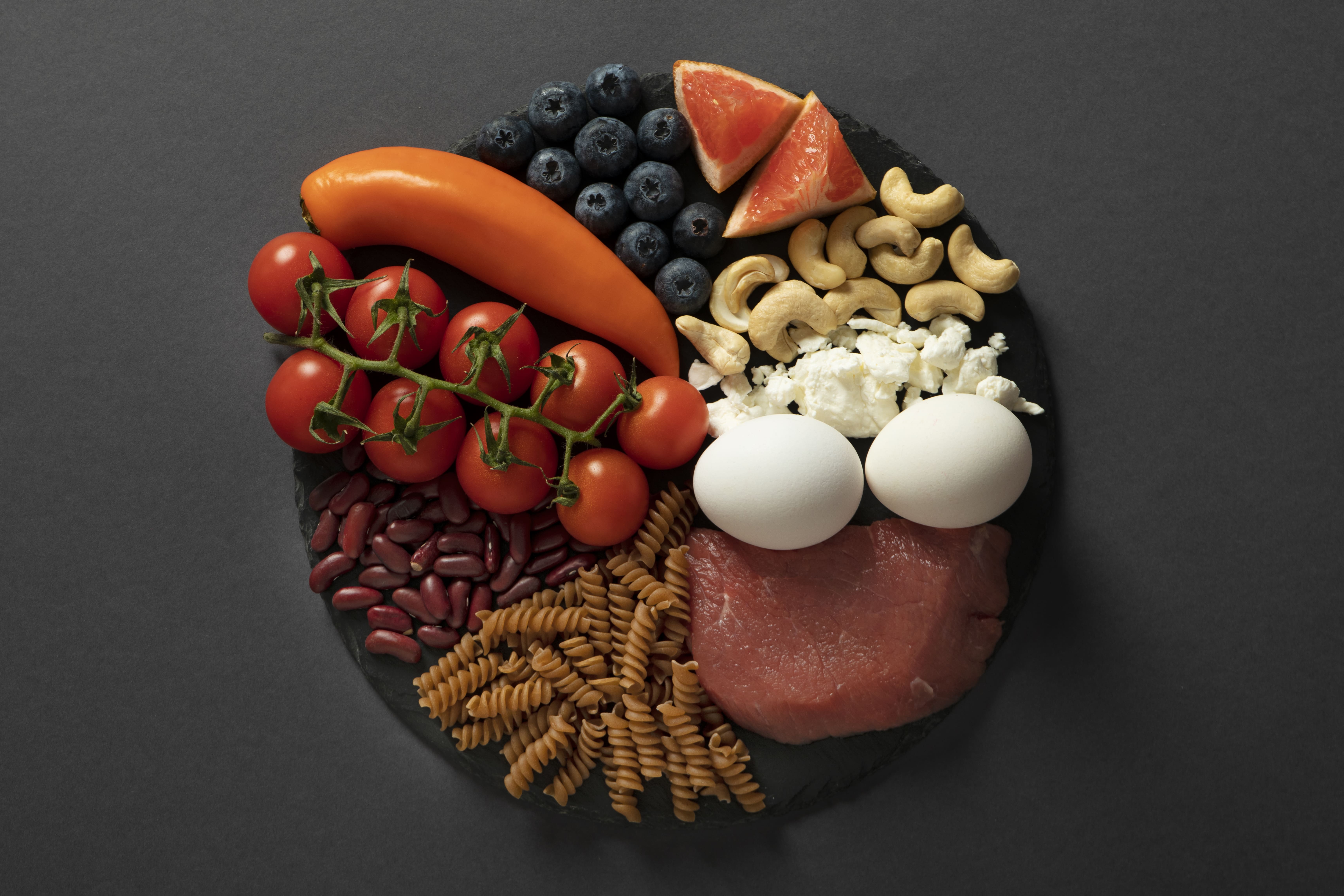
Dealing with dyspepsia, also known as indigestion, can be a real challenge. Whether you’re experiencing bloating, discomfort, or that all-too-familiar burning sensation, what you eat plays a significant role in managing these symptoms. By being mindful of your diet, you can take a step toward a happier stomach. Some of the foods that trigger Dyspepsia are:
Spicy Delights
If you love spicy foods, it might be time to take a step back. Spicy dishes can irritate the stomach lining, leading to increased acid production. Consider opting for milder alternatives or reducing the amount of spice in your meals to find relief from dyspepsia symptoms.
Fatty Foods
Foods high in fat can be a double-edged sword. While they might satisfy your taste buds, they also tend to stay in the stomach longer, putting more pressure on the digestive system. Opting for leaner options not only aids digestion but also contributes to a healthier and happier stomach.
Citrus Fruits
Oranges, lemons, and grapefruits – they may be vitamin-packed, but their high acidity levels can be harsh on an already sensitive stomach. For those who love citrus fruits, moderation is key to enjoying their nutritional benefits without inflaming dyspepsia symptoms.
Caffeine Kick
That morning cup of coffee or afternoon tea might be a ritual, but caffeine can stimulate acid production, leading to discomfort. To ease dyspepsia symptoms, consider opting for decaffeinated versions of your favorite beverages for a gentler impact on your stomach.
Carbonated Drinks
Those fizzy drinks may be refreshing, but the carbonation can cause bloating and contribute to feelings of fullness. Swapping sodas for still water or soothing herbal teas can be a simple yet effective strategy to promote digestive comfort.
Onion and Garlic
While these ingredients add flavor to many dishes, they can also be a source of trouble for those with sensitive stomachs. Experimenting with alternative herbs and spices, such as basil or oregano, can help maintain the tastiness of your meals without triggering discomfort associated with dyspepsia.
Chocolate Temptations
For chocolate enthusiasts, this may be a tough one. Chocolate contains both caffeine and fat, making it a potential trigger for dyspepsia. If you can’t resist the temptation, try indulging in small portions of dark chocolate, which tends to be lower in fat and may be gentler on your stomach.
Minty Mayhem
Mint is often associated with soothing properties, but for some, it can cause indigestion symptoms. Peppermint candies and gums might be best enjoyed sparingly to avoid potential discomfort associated with dyspepsia, allowing you to still relish the refreshing taste without overstimulating your stomach.
Everyone’s digestive system is unique, so it’s essential to pay attention to how your body reacts to different foods. While these culprits are common triggers, individual tolerance varies.Remember, finding the right balance in your diet is about trial and error. If you suspect that certain foods are causing persistent discomfort, consider keeping a food diary to track your symptoms. And, of course, consult with a healthcare professional for personalized advice.


